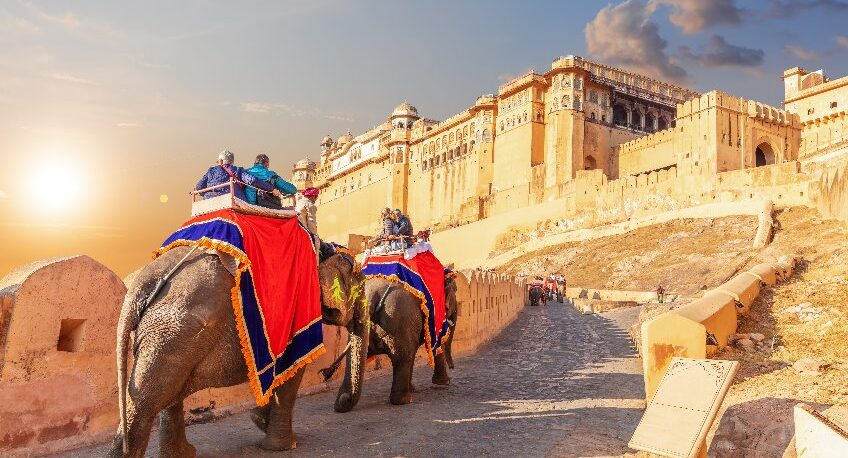Outside of our traditional East Asia trade lanes, we have determined the state of Rajasthan to be of particular interest. We welcome you to follow our trade lane development from this region and will provide updates regularly.
The main industries are mineral-based, agriculture-based, and textile based. Rajasthan is the second-largest producer of polyester fiber in India. Several prominent chemical and engineering companies are located in the city of Kota, in southern Rajasthan. Rajasthan is pre-eminent in quarrying and mining in India. The Taj Mahal was built from white marble, which was mined from a town called Makrana. The state is the second-largest source of cement in India. It has rich salt deposits at Sambhar, copper mines
Rajasthan’s economy is primarily agricultural and pastoral. Wheat and barley are cultivated over large areas, as are pulses, sugarcane, and oilseeds. Cotton and tobacco are the state’s cash crops. Rajasthan is among the largest producers of edible oils in India and the second-largest producer of oilseeds. Rajasthan is also the biggest wool-producing state in India and the main opium producer and consumer. There are mainly two crop seasons. The water for irrigation comes from wells and tanks. The Indira Gandhi Canal irrigates northwestern Rajasthan.
The main industries are mineral based, agriculture-based, and textile based. Rajasthan is the second-largest producer of polyester fibre in India. Several prominent chemical and engineering companies are located in the city of Kota, in southern Rajasthan. Rajasthan is pre-eminent in quarrying and mining in India. The Taj Mahal was built from white marble which was mined from a town called Makrana. The state is the second-largest source of cement in India. It has rich salt deposits at Sambhar, copper mines at Khetri, Jhunjhunu, and zinc mines at Dariba, Zawar mines and Rampura Agucha (opencast) near Bhilwara. Dimensional stone mining is also undertaken in Rajasthan. Jodhpur sandstone is mostly used in monuments, important buildings, and residential buildings. This stone is termed as Chittar Patthar. Jodhpur leads in the handicraft and guar gum industries. Rajasthan is also a part of the Mumbai-Delhi Industrial corridor set to benefit economically. The state gets 39% of the DMIC, with major districts of Jaipur, Alwar, Kota and Bhilwara benefiting.[56]
Rajasthan also has reserves of low-silica limestone.
With the room for economic development, and an average salary of $477 a month, Rajasthan is a great opportunity.

